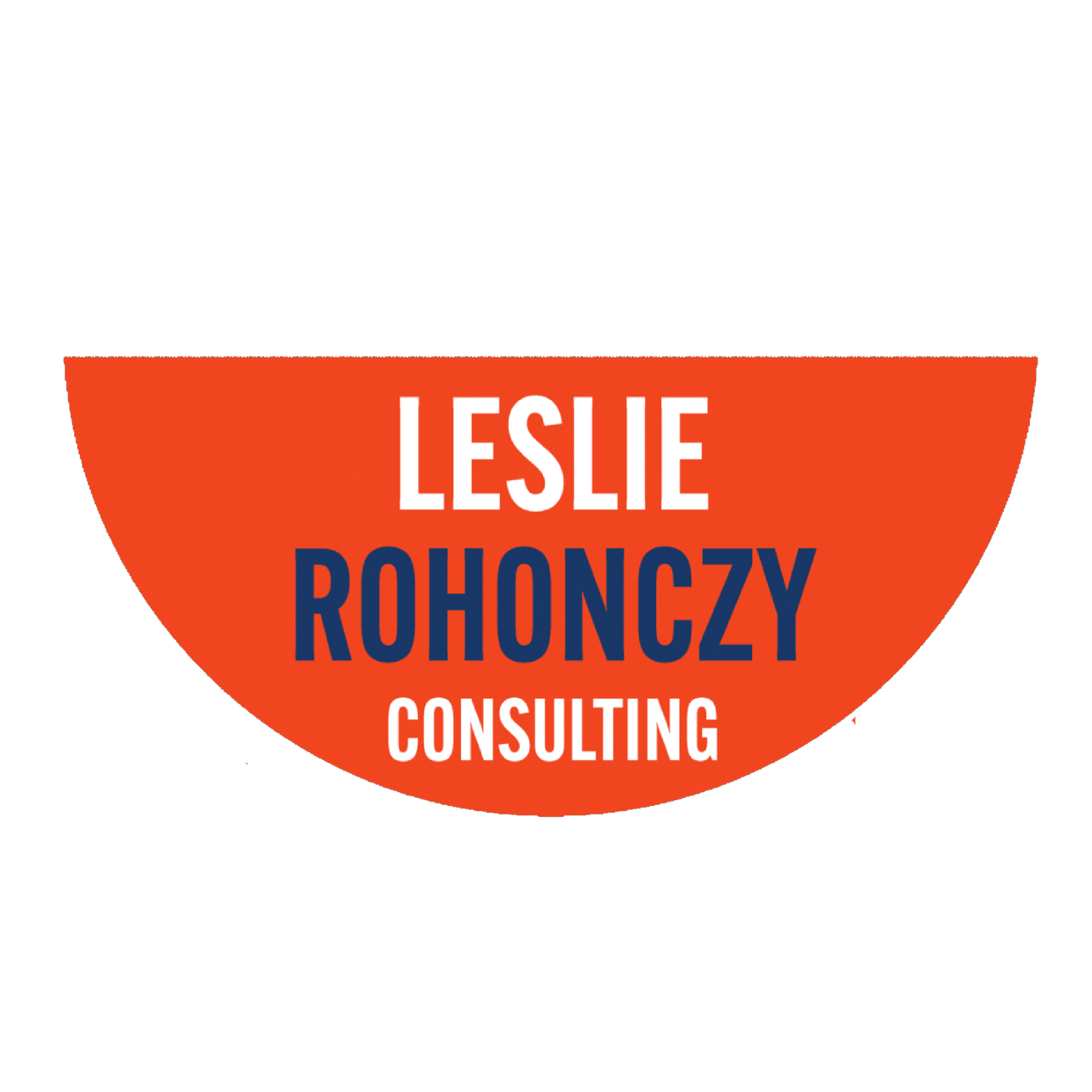Money might buy effort, but it doesn’t buy connection. We’ve built entire corporate traditions around saying “thank you” with money, especially this time of year. It’s easy, measurable, but no one ever said, “Wow, that Starbucks gift card changed my life!” The brain forgets gift cards; what it remembers are the moments between humans, especially if those moments are charged with emotion and authenticity. Meaningful recognition is personal and precise: it honours each person’s unique wiring, lands in the way they most like to be seen, and tells the story of how their contribution truly mattered.
THE GIFT CARD PROBLEM
Handing someone a $100 gift card feels like a tidy solution: it's quick, fair, and measurable. But it is not memorable.
Neuroscientific research shows that monetary rewards can trigger a short-term dopamine spike, but the effect fades quickly once the novelty wears off. Recognition that connects emotionally, however, activates the brain’s social reward pathways and releases hormones associated with trust and connection. Once the moment of appreciation passes without personal meaning attached, the brain simply files it away as routine. That is why the gift card gets spent and forgotten (or sometimes just forgotten altogether).
Leaders who rely solely on financial gestures miss the opportunity to reinforce culture, values, and shared purpose.
THE PSYCHOLOGY OF APPRECIATION
According to Harvard Business Review (2022) in "The Power of Recognition: Why Appreciation Matters More Than Ever," by Josh Bersin and Jennifer Goler, people who regularly receive meaningful, personal recognition are more than twice as likely to describe themselves as thriving at work. When we feel appreciated by someone we respect, our brains associate that interaction with belonging and safety. It signals, “You matter here.”
Research from the University of North Carolina, led by Sara Algoe and her colleagues (Algoe, Fredrickson, and Gable, 2013, Frontiers in Psychology), found that expressions of gratitude stimulate the brain’s medial prefrontal cortex, which governs empathy and moral reasoning. Their studies show that gratitude strengthens relational bonds, promotes prosocial behaviour, and reinforces a shared sense of humanity. When recognition is genuine and specific, both the giver and receiver experience a measurable boost in emotional connection and trust.
This is what makes appreciation such a powerful leadership tool: it strengthens the relational tissue of your organization, one moment at a time.
THE POWER OF SPECIFICITY
Generic praise such as “Great work this quarter” barely registers. Our brains are wired to notice detail, context, and meaning. Specificity gives recognition its staying power because it anchors the compliment in real evidence.
Instead of saying, “Thanks for your hard work,” try: “Your calm and steady leadership during that product launch helped the team stay focused and confident under pressure. I noticed how the team really watches you for cues, so thank you for being a role model for how to stay grounded when the ground is shifting.” That precision tells the recipient what mattered and why it mattered. It also teaches them what to repeat.
To make recognition truly land, it must also fit the person’s wiring. Some people feel seen through words; others through visible trust, responsibility, or autonomy. An introverted analyst might appreciate a quiet one-to-one thank you, while an extroverted salesperson might thrive on a public shout out at the next team meeting.
As a leader, think about each person’s preferences, communication style, and motivation triggers:
Drivers and fast thinkers often respond best to recognition that is linked to results and impact: “Your strategic clarity helped us close that deal ahead of schedule.”
Relational and harmony-oriented types value appreciation that focuses on collaboration and connection: “Your empathy and focus on teamwork really helped this new team gel and connect with each other.”
Analytical personalities feel validated by recognition that is tied to competence and accuracy: “Your attention to detail in the design phase saved us eight hours of rework and prevented a major error from reaching the client.”
Visionary innovators are motivated by purpose and growth: “Your creative improvement ideas completely reframed how we think about this challenge, and we now have a new perspective on what is possible.”
Grounded stabilizers appreciate recognition that acknowledges dependability, consistency, and care: “Your reliability and calm presence helped keep everyone steady through a demanding season.”
Understanding these nuances ensures your appreciation is heard in the language that resonates most deeply with them.
WHEN RECOGNITION GETS PERSONAL
One VP client I worked with wrote a handwritten note to every one of his 40+ employees before the holidays. Each card mentioned one specific thing that person had done to make a difference to the business, the team, or the culture. It took him two weeks, some purposeful reflection about each person, and a commitment to being authentic and intentional. Many employees kept those notes on their desks months later. The message they remembered was simple: “You matter here.”
PITFALLS OF FORCED GRATITUDE
Mass emails thanking “all our rockstars” rarely land well. They often feel obligatory rather than authentic. Forced gratitude can backfire, creating cynicism rather than appreciation. Real recognition names the specific effort, describes the impact, and acknowledges the human quality that made it possible. It tells a story about contribution rather than issuing a generic compliment.
Authenticity matters more than volume. The goal is not to praise everyone equally; it is to connect meaningfully with each person in a way that reflects who they are and what they value.
REFRAMING RECOGNITION: LEADERS AS STORYTELLERS
True recognition goes beyond thank yous. It is storytelling. Great leaders narrate contribution instead of counting output. They help employees see how their actions shape the larger story of the organization. When you tell the story of how someone’s effort led to a client success, a culture shift, or a team breakthrough, you translate performance into purpose.
Meaningful recognition sounds like this:
“Because you challenged that assumption in the meeting, we ended up opening up new opportunities for growth we wouldn't have explored otherwise.”
“You probably didn’t realize it at the time, but the way you handled that difficult customer modelled what great customer support looks like and set the tone for the whole team.”
Recognition that tells a story has the power to shape identity. People begin to see themselves as contributors to something bigger than their job description.
YOUR COACHING CHALLENGE
Before the year ends, take time to make your recognition intentional.
Reflect: Think about the people whose work made a genuine difference this year. What did they contribute that strengthened the team, the culture, or your leadership? What emotion comes up when you think about them (gratitude, admiration, respect, pride)? Capture that first feeling; it will guide your message.
Tailor: Consider how each person prefers to be appreciated. Do they enjoy public acknowledgment, or does that make them uncomfortable? Would they rather receive a personal note, a quick coffee chat, a quiet expression of trust, or a shoutout in a team meeting?
Articulate: Express your thanks in a way that connects. Be specific about what they did, describe the impact, and name the quality it revealed about them that you admire.
Anchor: End with how it matters to you personally or to the organization. “That moment reminded me why I am so proud to lead this team.”
Finally, consider that recognition done well is not a seasonal task; it is a leadership habit that builds your culture all year long.



